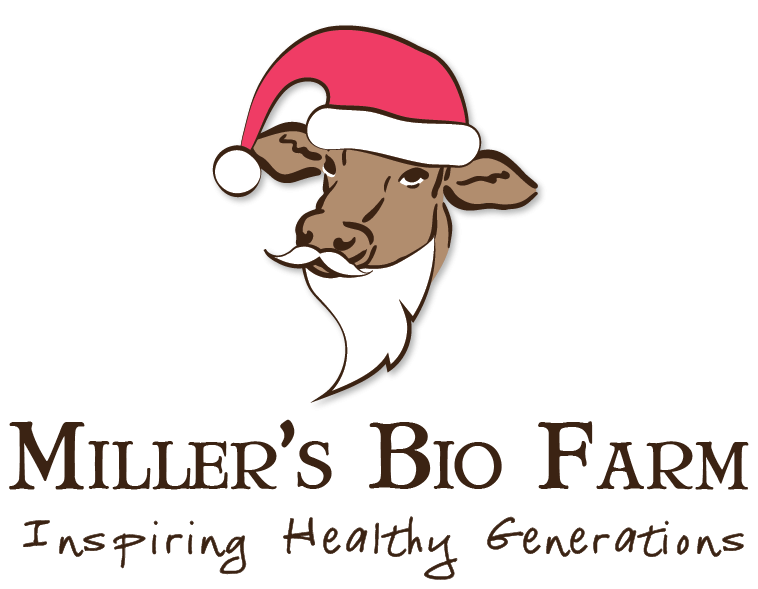How long does it last? Check out the new shelf life guide.
posted on
March 4, 2022
 I get so inspired by the amazing customers at Miller’s Bio Farm.
I get so inspired by the amazing customers at Miller’s Bio Farm.
One of the top customer questions that our team answers is, “How long does it last?”
More often than not, the customer is asking about a specific dairy item like milk, yogurt, or cheese. But, we get questions about the shelf life of eggs, meat, produce, and at least half of our 600+ products.
It’s such a hard question to definitively answer. After all, best by dates are a little ridiculous anyway.
It’s important to note that the dates given are not for when a food is no longer safe to eat. They are a guide for how long a food will remain at optimal quality, before it starts to degrade.
There’s no way to magically predict when a food will no longer be “good”. It’s always an estimate. Food slowly changes and doesn’t have an on/off switch.
Plus, there are so many variables that can affect shelf life.
Perhaps the biggest variable that can affect shelf life is the temperature or humidity of your fridge.
If it’s too warm or too humid or too bright, your food will spoil more quickly. These three variables speed up the process of decay. This is why fruit ripens more quickly on a windowsill and raw milk clabbers more quickly on the counter.
Another big variable is with opened vs. unopened containers. Opening a container reduces the shelf life.
For example, when you open a container of yogurt, you need to take it out of the fridge. Now it’s at a warmer temperature. The longer it stays out, the more the shelf life is reduced. When you scoop some yogurt out, the spoon and the air let contaminants in. Contaminants also reduce the shelf life.
The tricky part is that it’s hard to say exactly how much the shelf life is reduced. There’s simply no way to calculate this precisely.
This is why the biggest tip I can give you when it comes to shelf life is to trust your gut.
Far too much food is thrown away simply because the expiration date passes. Food waste is a big problem. In the United States, food waste is estimated at between 30-40 percent of the food supply. Wow!
Instead, your nose and mouth are the best way to know if a food is no longer good. This is, of course, a precariously subjective measure of quality. Everyone has a different palate.
I’ll give a personal anecdote. I’ve been drinking raw milk for years. My taste buds have become accustomed to the taste of souring milk. I simply don’t notice the difference as much as others. When I first started drinking raw milk, this was not the case. I would notice the sour undertones sooner.
Shelf life is important to understand, especially if you’re buying things in bulk to meet the free delivery threshold.
I love being helpful, so… I gave our Shelf Life Guide a makeover! It has lots more information and tips. Plus, it now has charts that are visually easier to tell how long foods last in the pantry, fridge, or freezer. Here it is!!
I have it saved on my phone, so I have it handy no matter where I am. But, you could also print it and hang it on your fridge or put it on the shelf with your cookbooks.
Do you struggle with shelf life? Is a guide like this helpful for you? Are there any other real food resources you wish you had or big food questions you want answered?
I’d love to hear from you. Comment below (no account required) or contact us.




